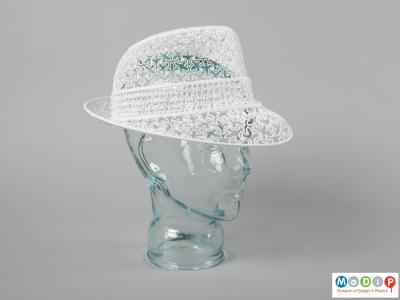Process: 3D printing describes a number of processes, which use computer technology instead of a mould. Processes include: Selective Laser Sintering where tiny particles of material are fused together by heat from a high-power laser to form a solid, three-dimensional object; Stereolithography where liquid plastic material is converted into 3D objects, layer by layer, using polymerisation, a process by which light causes chains of molecules to link, forming polymers; Fused Deposition Modelling, a process in which a model or part is produced by extruding small flattened strings of molten material to form layers; Multi-jet Modelling, where a model is layered by a print head with several linearly arranged nozzles producing small droplets of material.
Introduced: 1980s.
Plastics: Acrylonitrile butadiene styrene, acrylonitrile styrene acrylate, polyamide, polycarbonate, polyethylene terephthalate, polylactic acid, polypropylene, soluble butenediol vinyl alcohol co-polymer, soluble high impact polystyrene, soluble polyvinyl acetate, thermoplastic elastomer, thermoplastic polyurethane.
Marks: Depends on the process; sintering lines can be seen unless there has been significant hand finishing.
Tooling cost: Programming costs are high
Production volume: Low, due to the time it takes to print, cool, and finish pieces
Uses: 3D printing has many applications of small runs of objects including: rapid prototyping and product development, clothing, apparel and jewellery, customised objects and bespoke pieces including soluble and non-soluble medical applications, and automotive and aeronautical applications.


